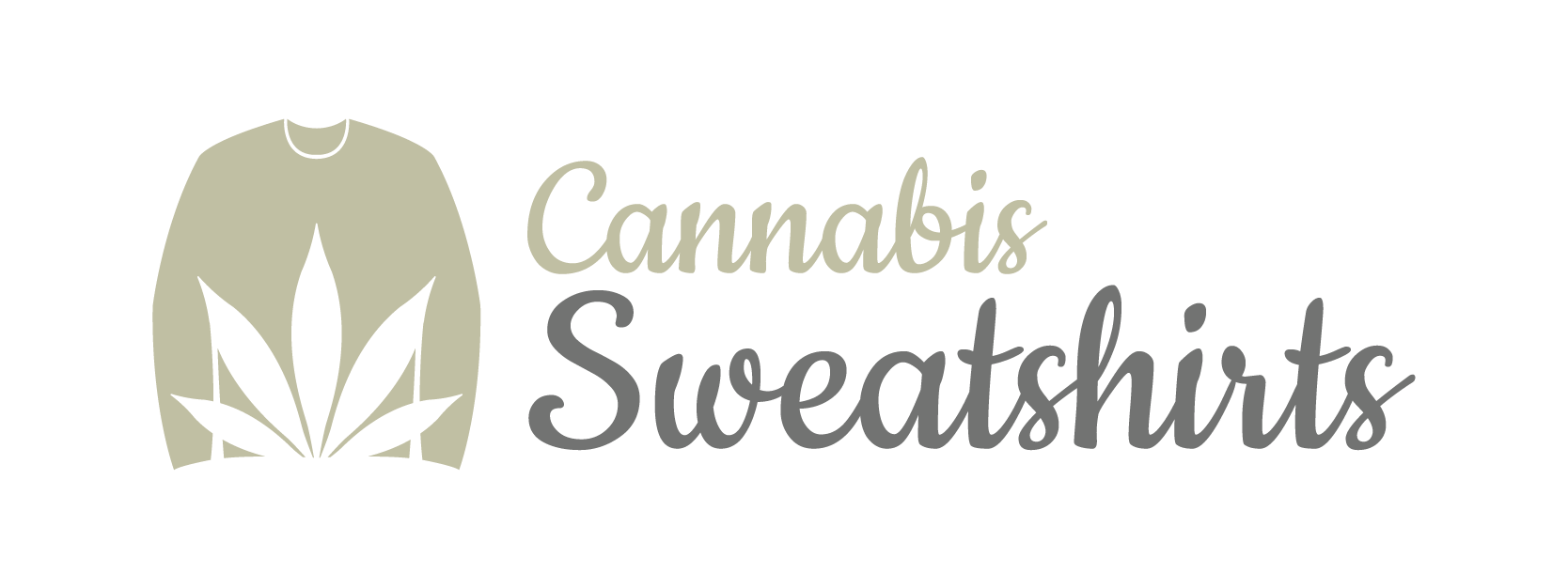Hemp Hoodies and Legal Hurdles: The Messy Reality of Cannabis Fashion

Navigating the legal maze for hemp apparel is no small feat. The plant, a cannabis cousin, has been a darling of the sustainable fashion scene for a while now. It’s tough, versatile, and unlike thirsty cotton, it sips minimal water and doesn’t need a cocktail of pesticides to thrive. But its controversial kinship with marijuana means that cultivating hemp and turning it into the latest streetwear is fraught with regulatory hoops and hurdles. This tangled web of rules is a major headache for designers and manufacturers who dream of creating sleek hemp hoodies, comfy long sleeves, and other edgy apparel.
In the U.S., the 2018 Farm Bill was supposed to be a game-changer. By legalizing industrial hemp (as long as it has less than 0.3% THC), it aimed to distinguish hemp from its psychoactive relative. Yet, the reality is more complex. States have their own say in the matter, resulting in a fragmented landscape of hemp laws. Some states roll out the green carpet for hemp cultivation and apparel production, while others impose layers of red tape and tough licensing protocols. For those in the hemp apparel game, this means juggling a myriad of state-specific regulations just to get a piece of clothing from field to fashion store.
Across the pond, the European Union has its own set of rules for hemp. The EU’s threshold for THC content is a stricter 0.2%, and member states each have their unique take on hemp regulation. France and the Netherlands are trailblazers with established hemp industries, whereas other countries are playing catch-up with tighter restrictions. This regulatory patchwork can throw a wrench in supply chains, making it tricky for brands to reliably source hemp fabric. Plus, the hoops companies must jump through to label and market their hemp-based clothing are a whole other story.
Then there’s Asia, with China leading the charge as a hemp heavyweight. China’s approach is more streamlined, focusing on industrial use and export. Yet, even here, international brands must tread carefully, ensuring they align with local regulations and the import rules of their target markets. The regulatory differences across regions don’t just affect hemp fabric availability; they also influence how brands position and sell their hemp apparel. Companies need to craft their branding strategies to fit a global audience while respecting a mosaic of local laws.
The regulatory landscape for hemp apparel underscores a larger dilemma in the sustainable fashion world. Hemp is a green alternative with serious benefits over traditional fabrics like cotton, but its close ties to cannabis mean that navigating its legal status is anything but straightforward. For brands and manufacturers, staying on top of evolving regulations is crucial. It’s the key to managing supply chains, staying compliant, and riding the wave of growing consumer interest in sustainable, cannabis-themed clothing.
